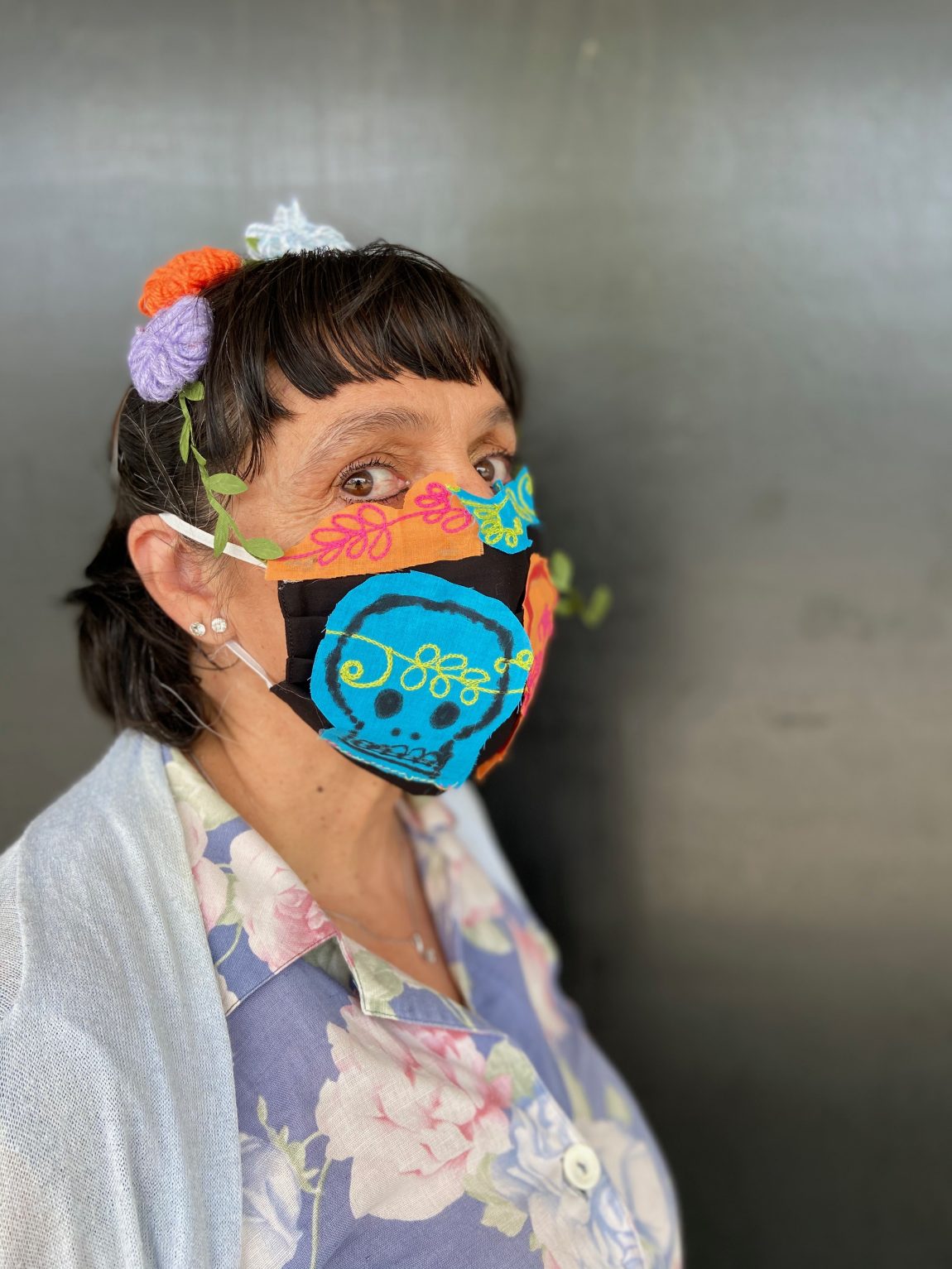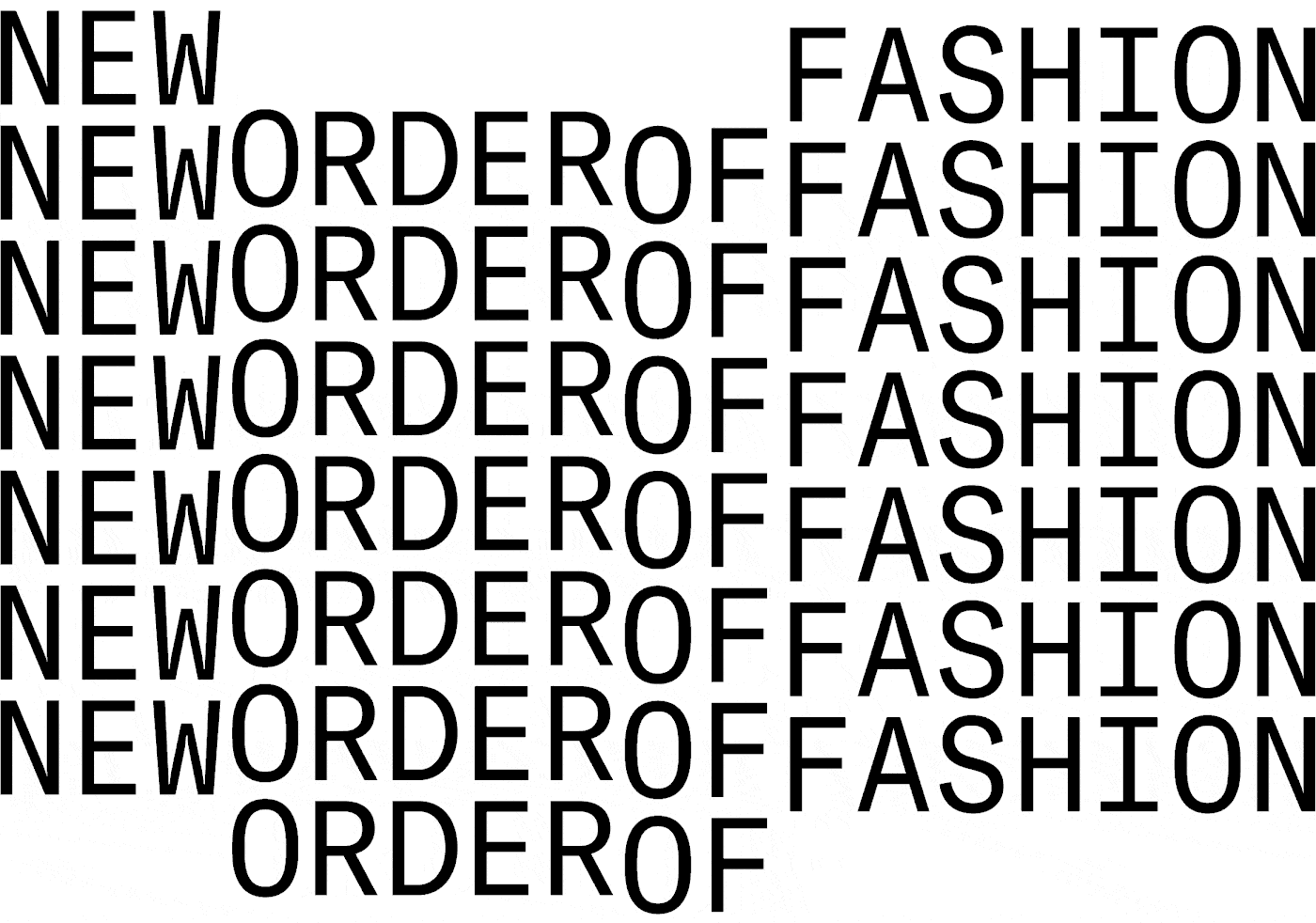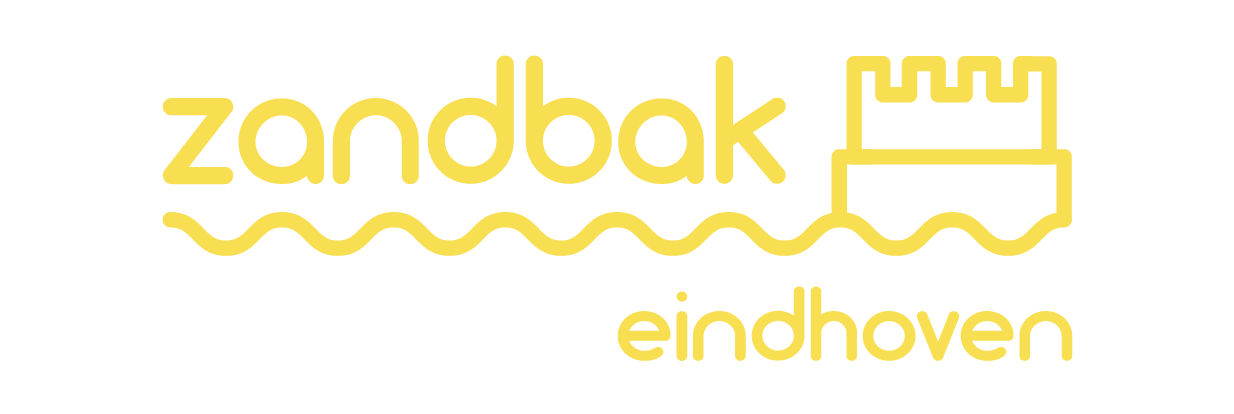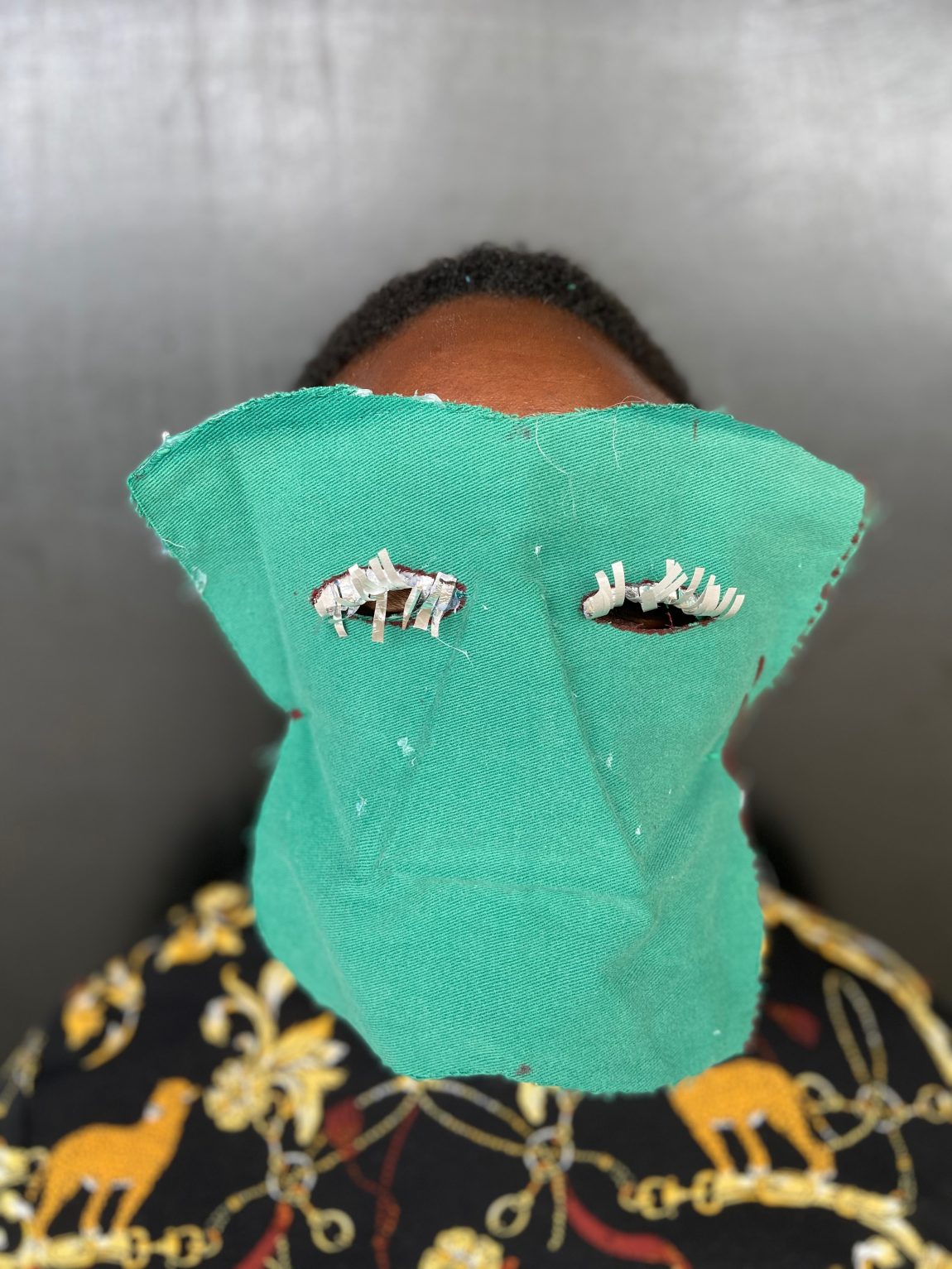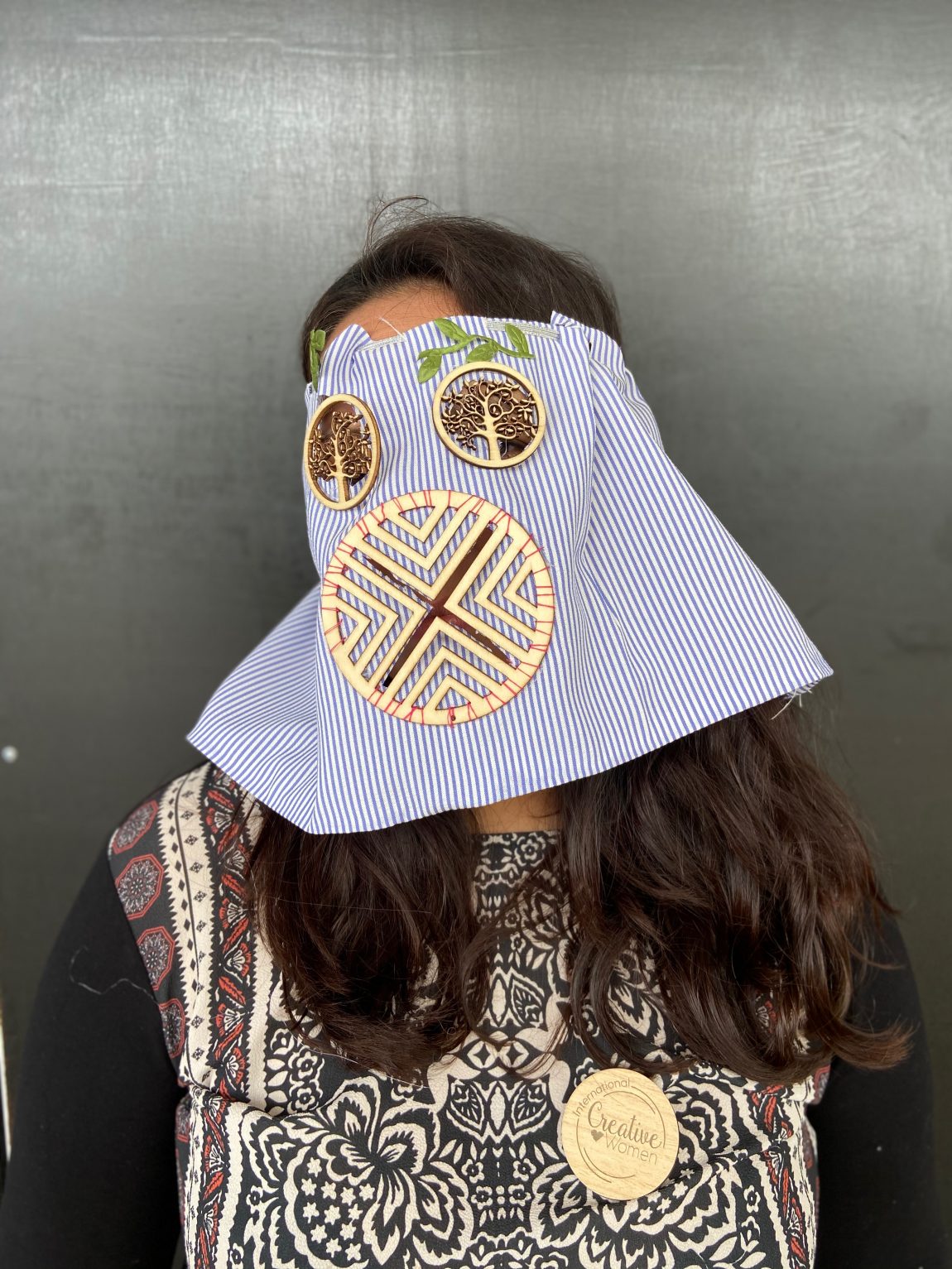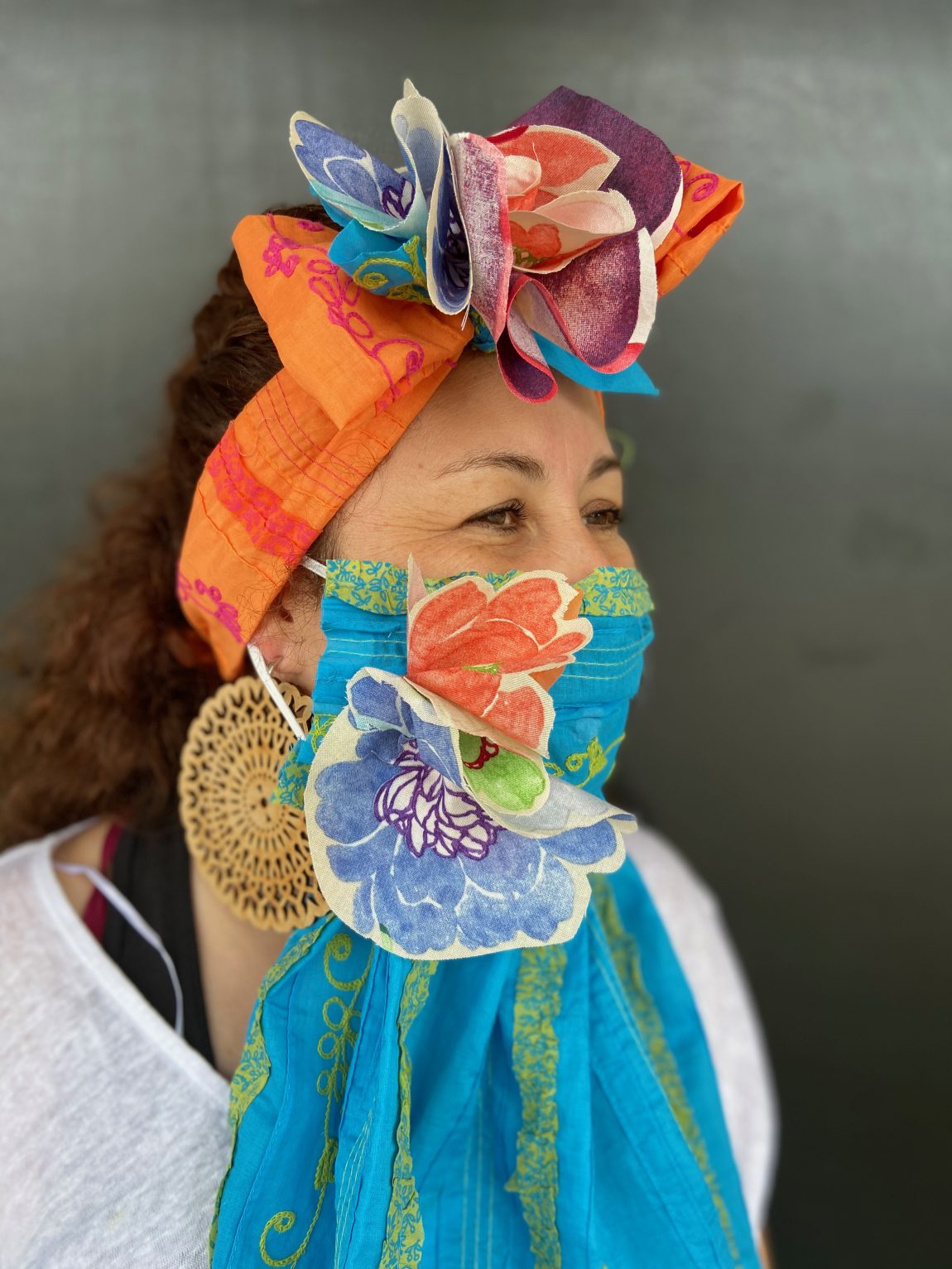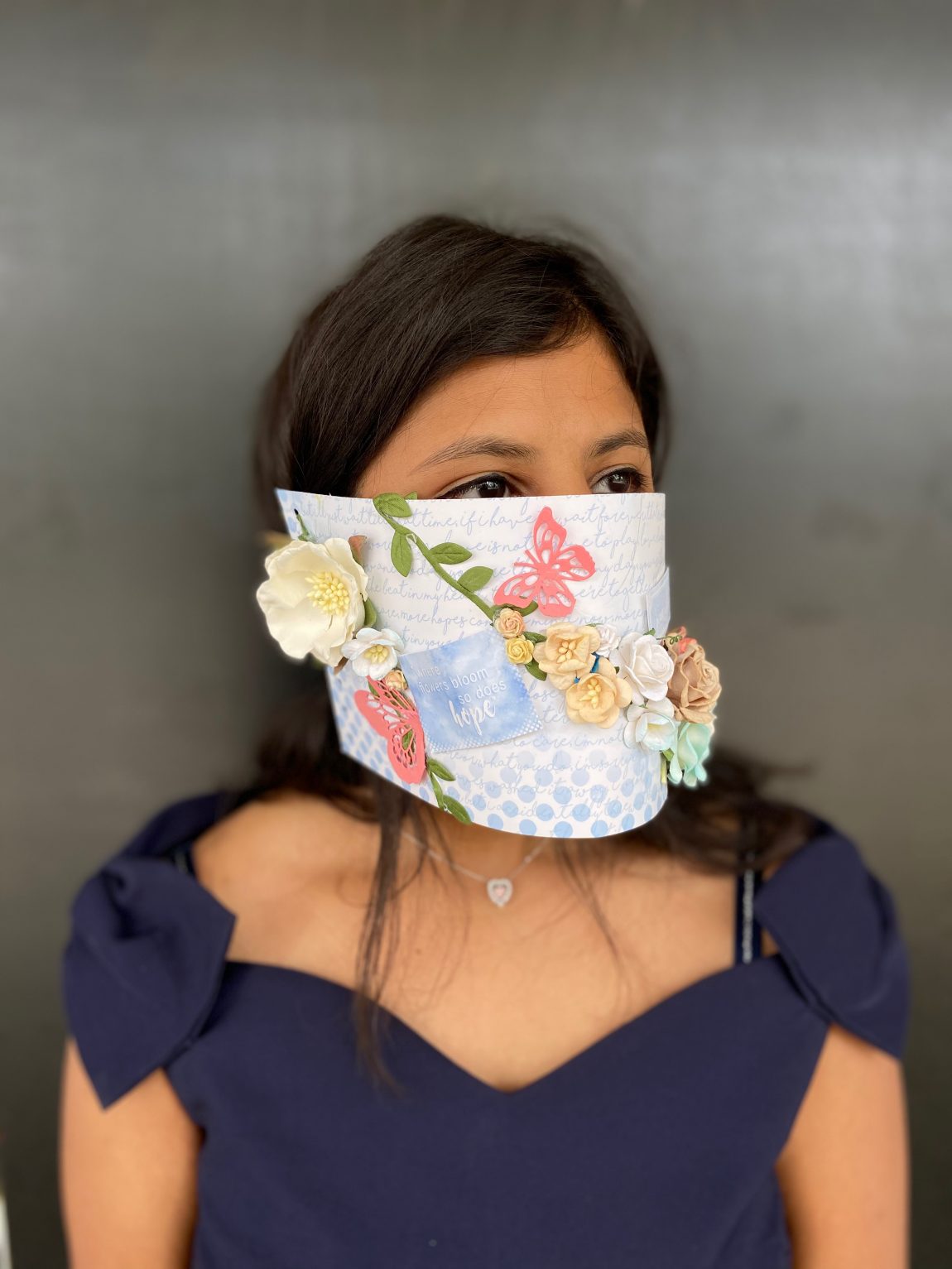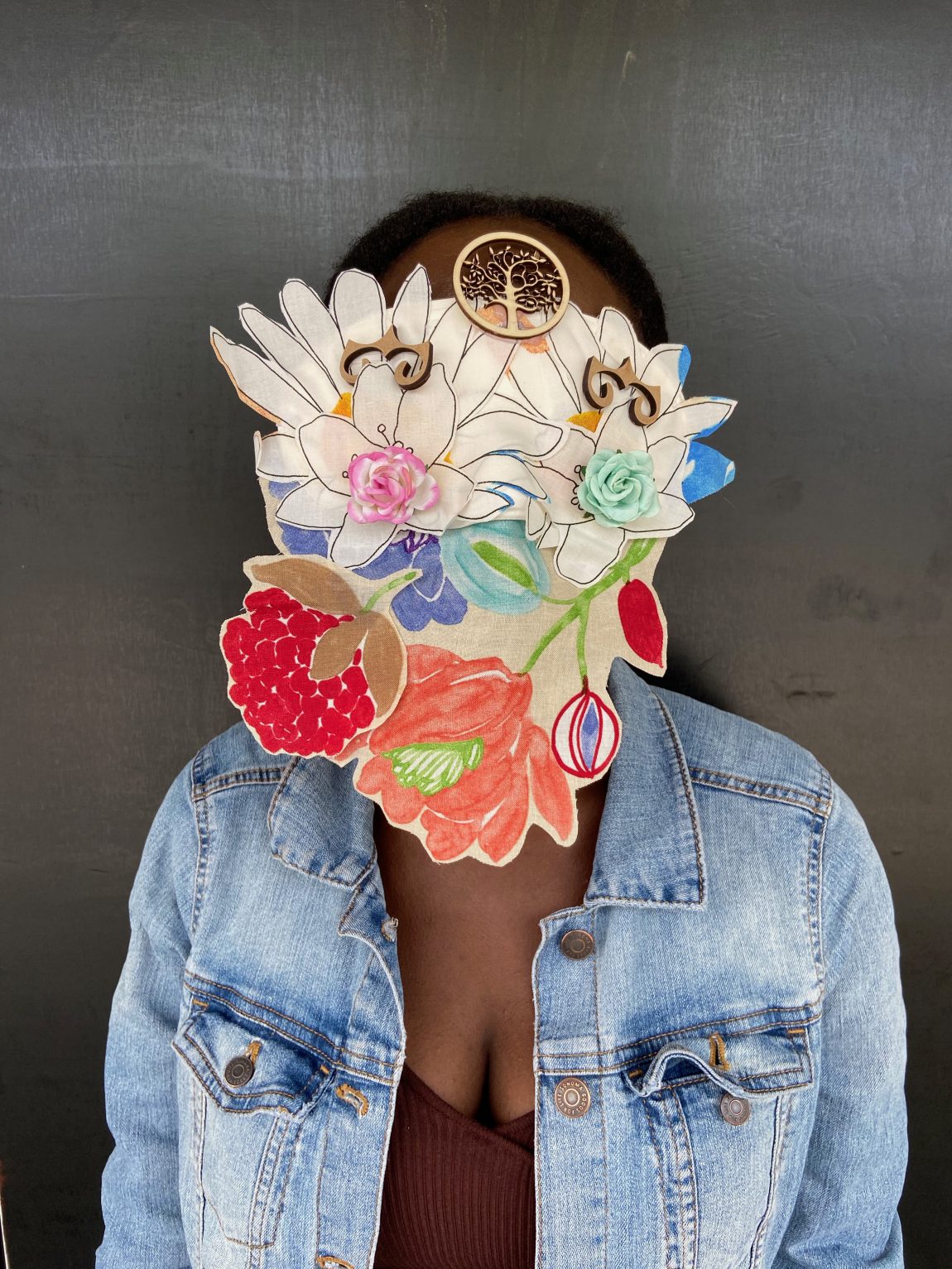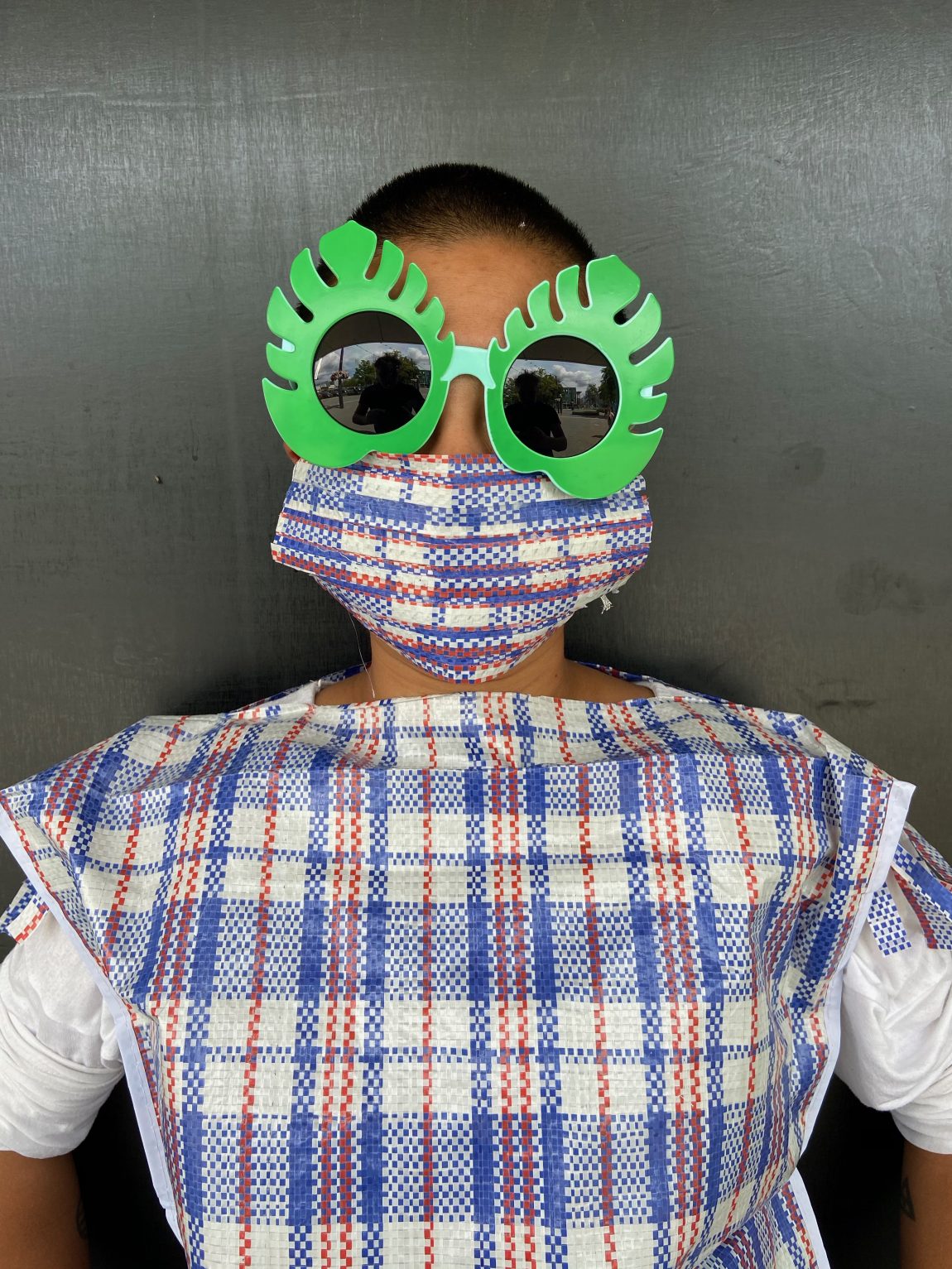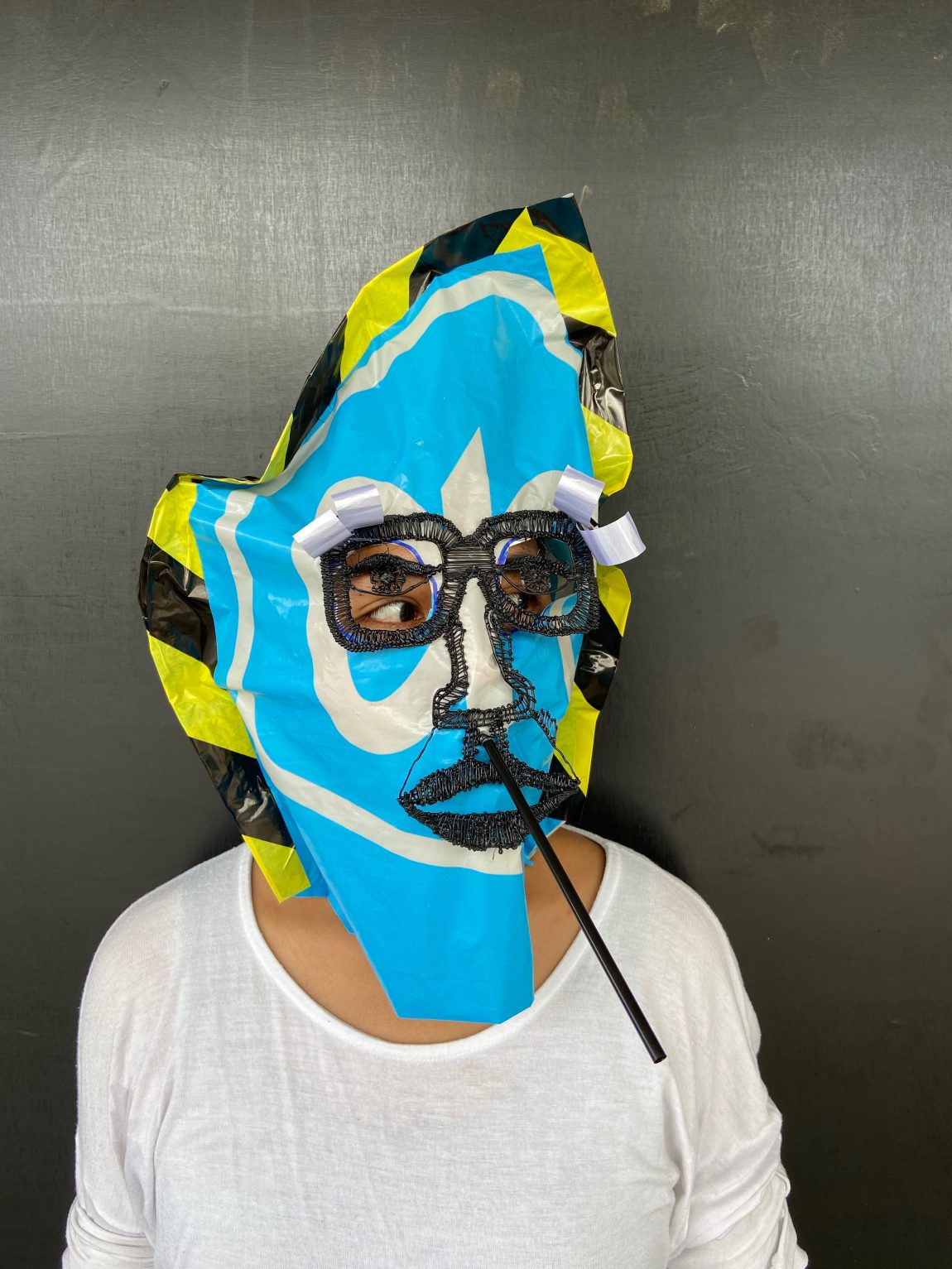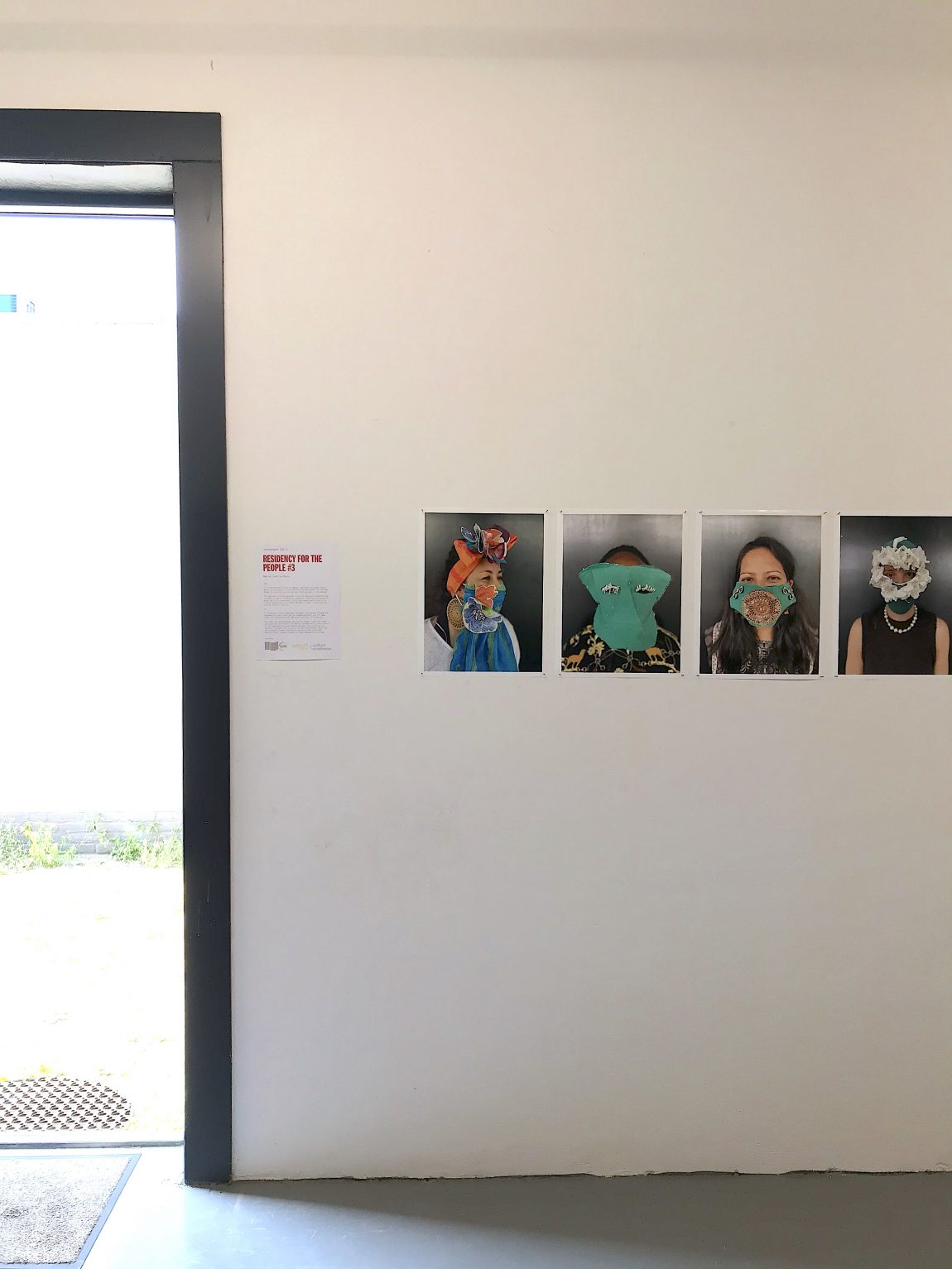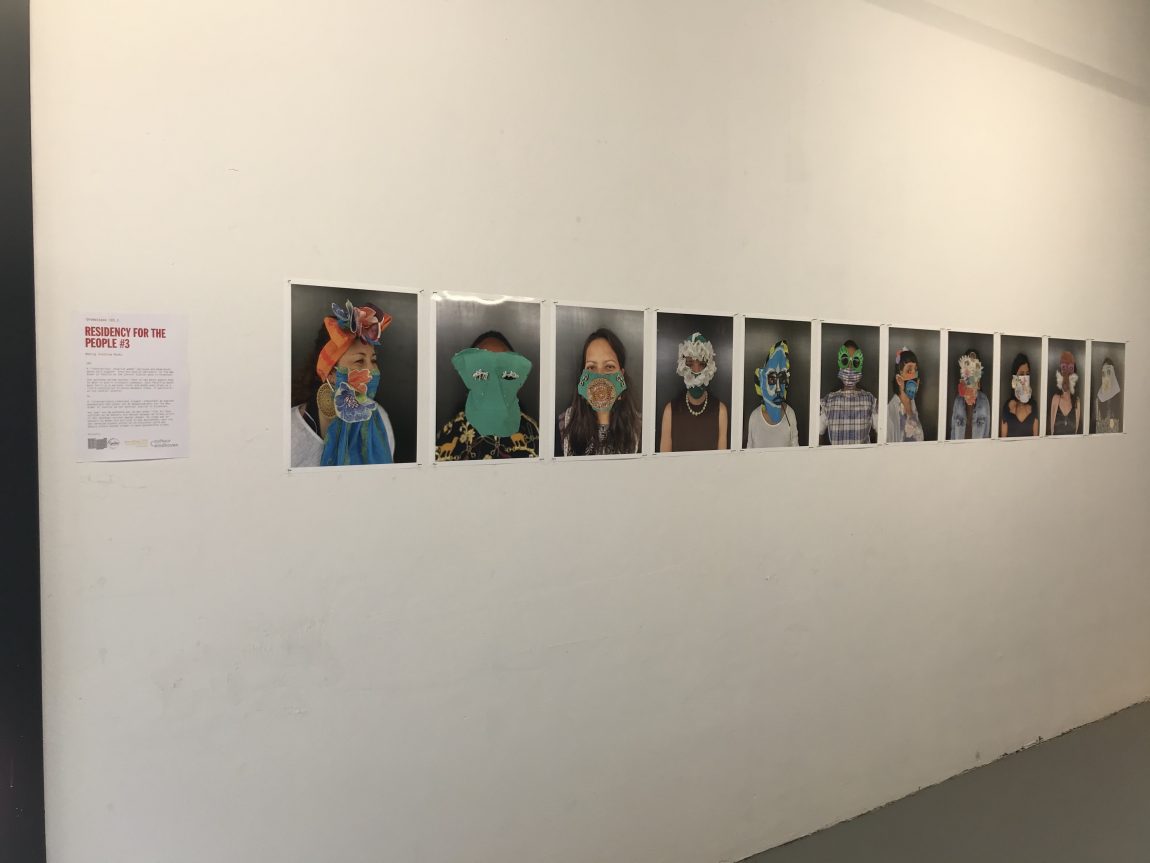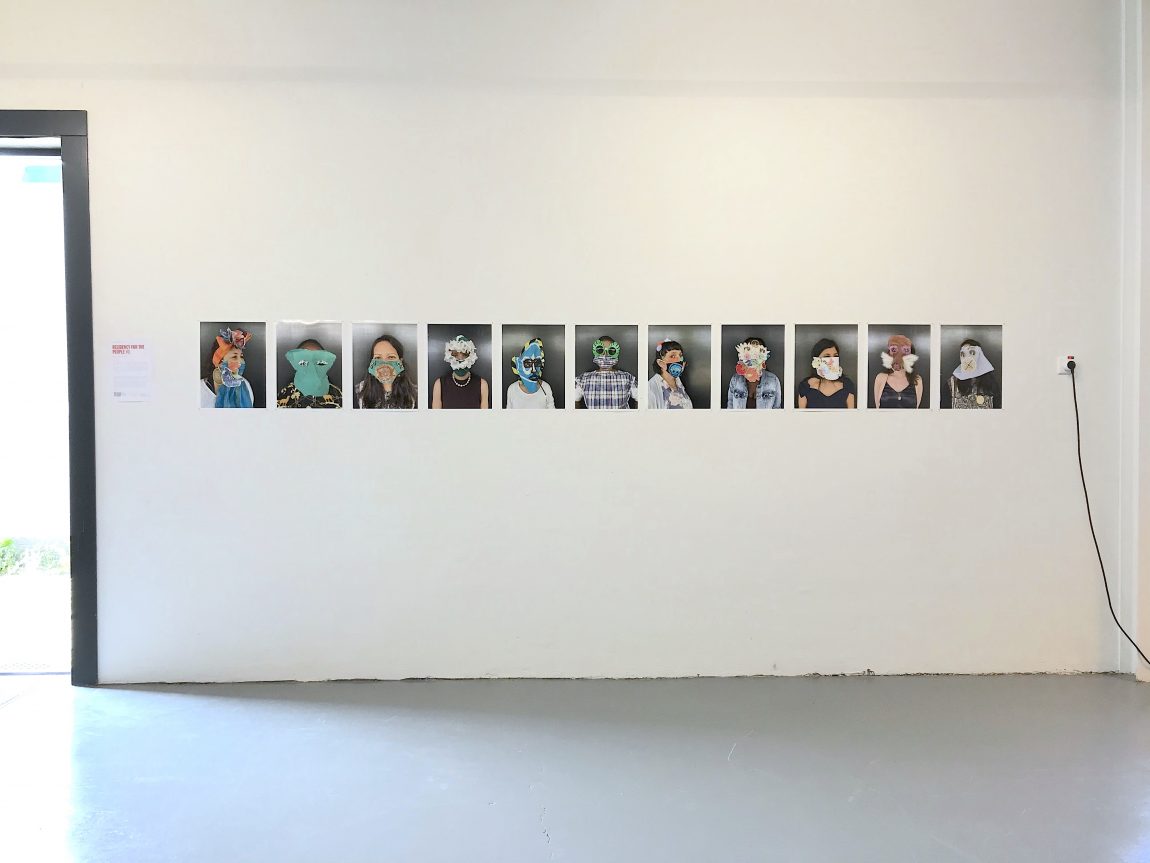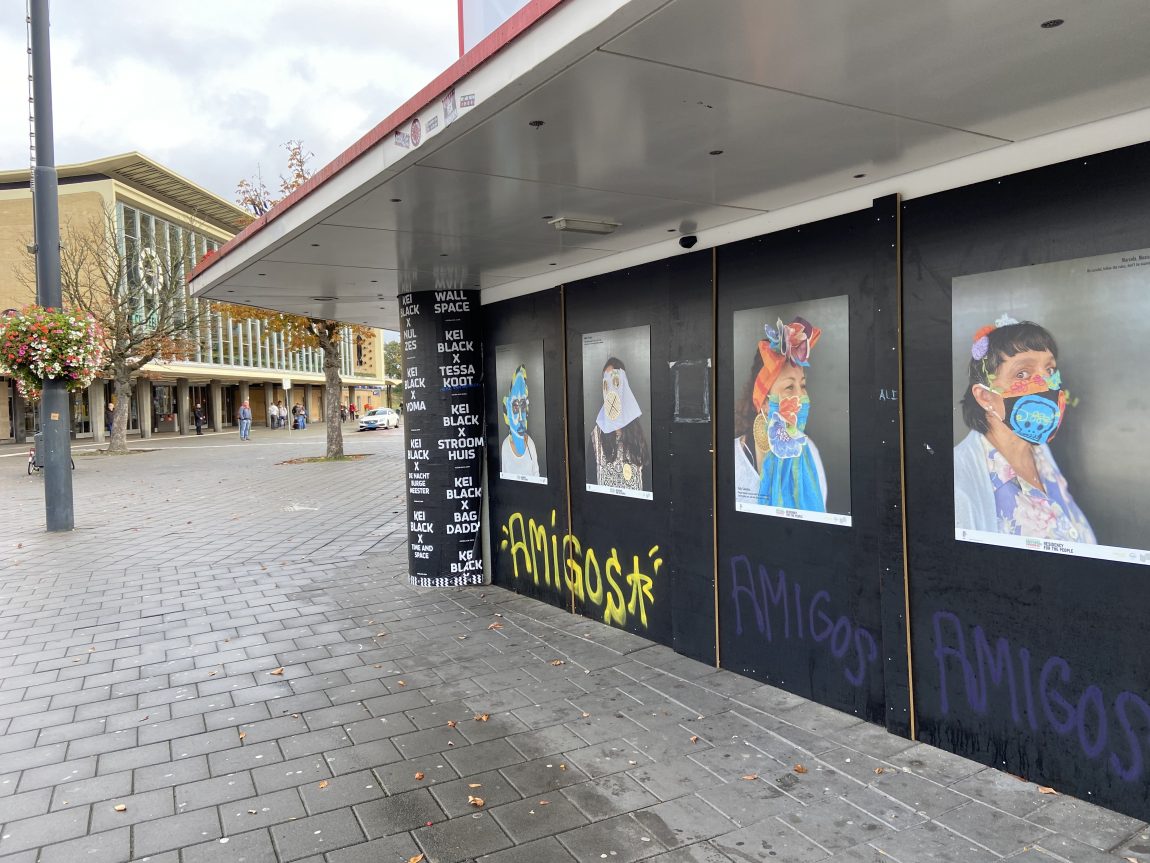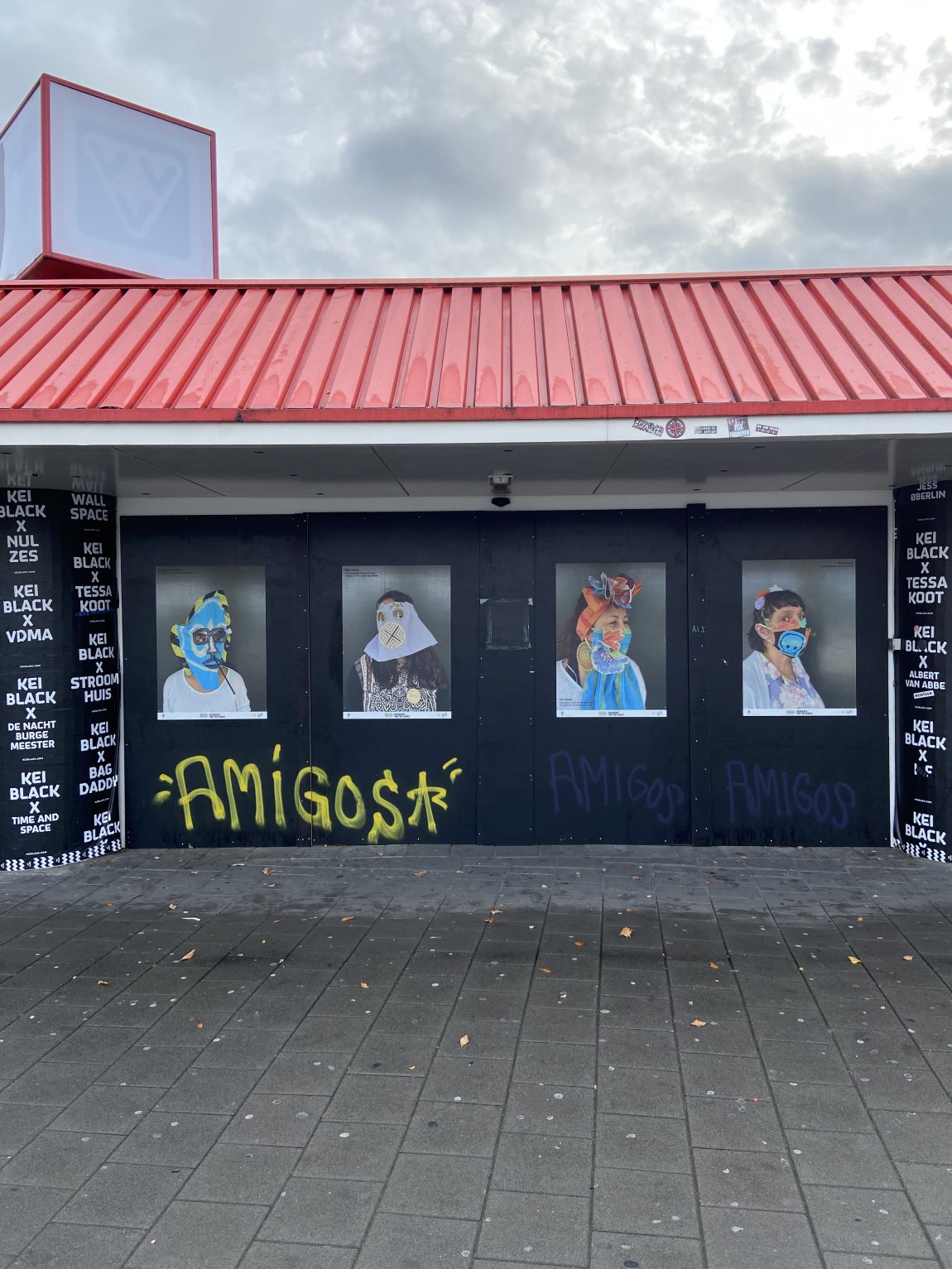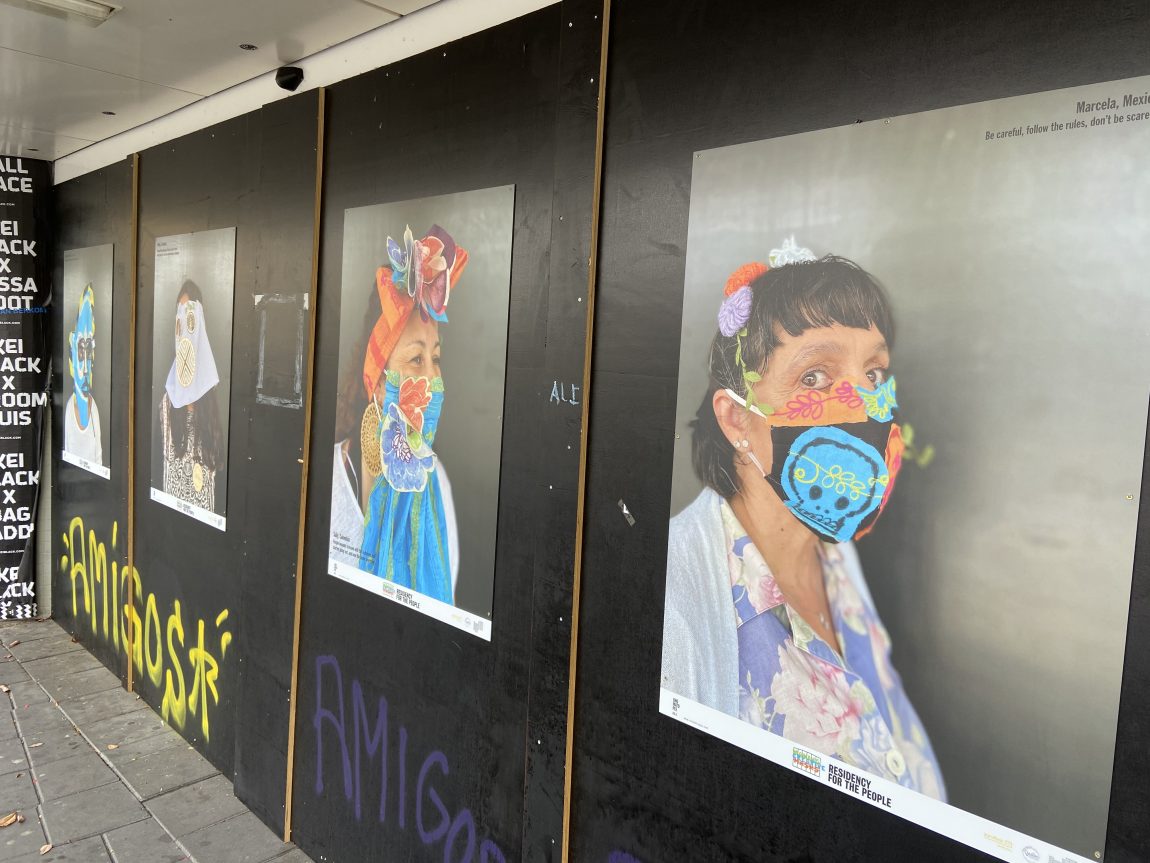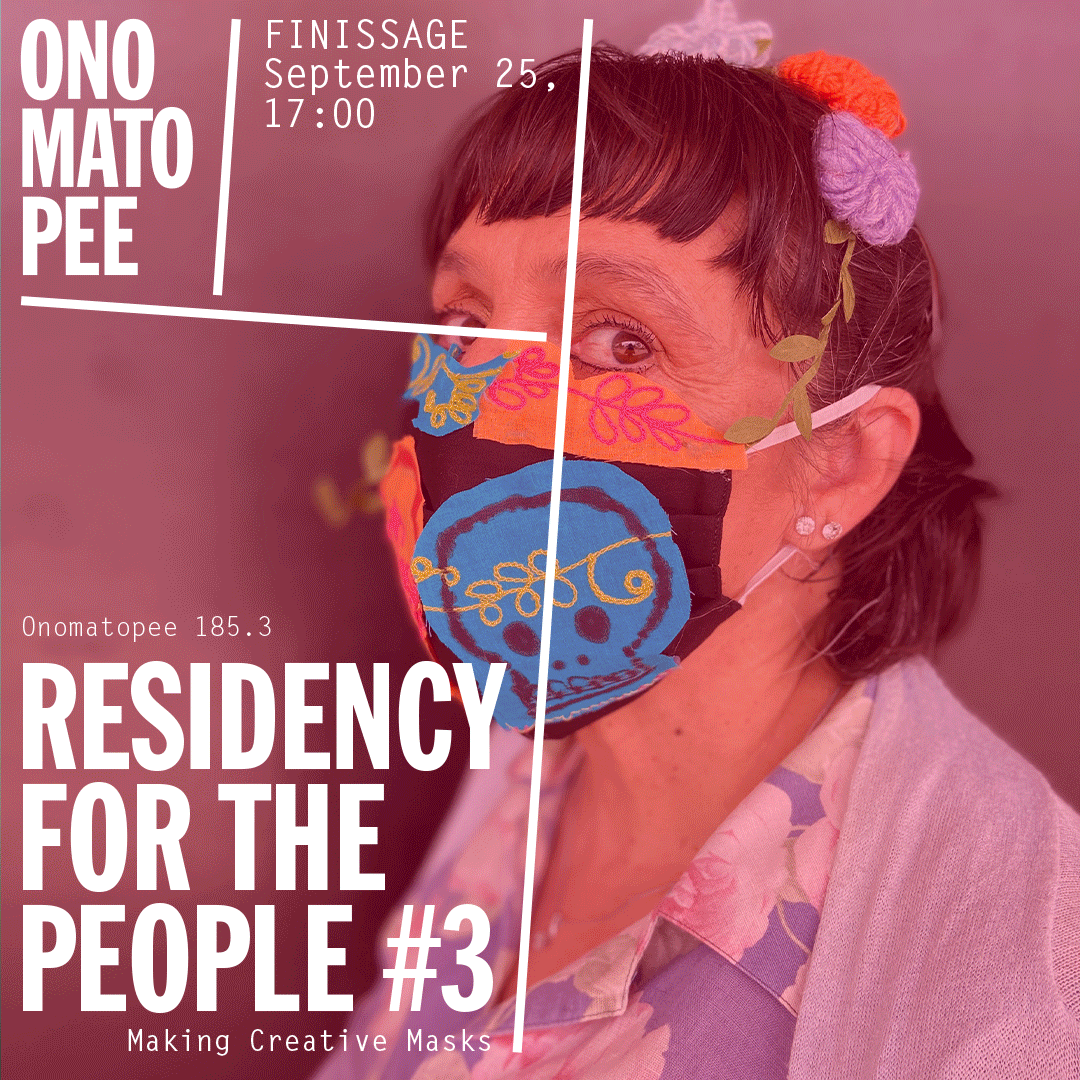9 'international creative women' designed and made mouth masks with support from the fashion designers’ of The New Order of Fashion at the Central Station zone in Eindhoven.
The workshop shined another light on the masks people have to wear in public transport nowadays. Each resulting mouth mask tells us a personal story and maybe even gives us a little consolation in these pandemic times, in particular at the central station.
NL
9 'internationale creatieve vrouwen' ontwierpen en maakten mondmaskers met steun van de modeontwerpers van The New Order of Fashion op het Centraal Station in Eindhoven.
Het doel van de workshop was om een ander licht te laten schijnen op de maskers die mensen vanwege de corona-crisis in het openbaar vervoer moeten dragen. De vraag was om maskers te maken die ons niet alleen beschermen, maar ons ook verhalen kunnen vertellen en misschien zelfs een beetje troost kunnen bieden in deze pandemische tijden.
////MEER INFO /// MORE INFO IN ENGLISH BELOW:
Achter de maskers
De verplichte mondkapjes in het openbaar vervoer zijn een constante herinnering dat de tijd ‘van voor corona’ voorlopig nog niet terug is. Zodra we de bus of trein uitstappen en ons masker afdoen, halen we opgelucht adem, blij om de gezichtsuitdrukkingen om ons heen weer te zien. Het maakt het Stationsplein, recht voor Eindhoven Centraal Station, tot de ideal plek voor een workshop ‘creatief maskers maken’. Op een zonnige woensdagmiddag werkt Residency for the People samen met International Creative Women en New Order of Fashion om uit te zoeken wat zelfontworpen maskers zouden kunnen zeggen over een wereldwijde pandemie. Na een introductie door Michel van Maaren gaan negen expatvrouwen aan de slag om het nederige masker om te vormen tot een vehikel voor verhalen.
Gevallen en getallen
In veel landen blijft het aantal corona-infecties stijgen. De cijfers verhullen grote verschillen in officiële maatregelen en de mogelijkheden die mensen hebben om zichzelf te beschermen. Sally Ocaña, een architect uit Colombia, legt uit waarom de situatie zo slecht is in het zuidoosten van het land: “Langs de kust ontbreekt de infrastructuur om thuis te werken. Veel mensen zijn dagloners, er is grote armoede en het aantal gevallen stijgt. Het is erg zwaar.” De Verenigde Staten hebben hun eigen dynamiek, zoals Kuukua Wilson uitlegt: “Het huidige probleem in Amerika is het tweepartijensysteem. Alles is gepolitiseerd en niemand denkt nog na. Toen de [democratische] burgemeester van Atlanta maskers verplicht wilde stellen, werd ze daarvoor aangeklaagd door de [republikeinse] gouverneur van Georgia.”
Zorgen op aarde
De veiligheid van vrienden en familie is een terugkerend thema voor de creatieve vrouwen. “Het speelt wereldwijd,” zegt de Indiase Chitra Rao, “we vragen elkaar continu hoe het gaat.” De Thaise Waew knikt. “Mijn moeder is heel bang dat ik geïnfecteerd raak, dus we praten vaak. We videobellen bijna elke dag.” Kuukua maakt zich zorgen over haar moeder, een verpleegster in Atlanta. “Wat doet ze nu? Draagt ze een mondkapje... het gaat maar door in mijn hoofd. Ze kan als onmisbare medewerker niet zomaar thuisblijven. Ik weet natuurlijk dat ze een verstandige vrouw is, dat ze altijd voorzorgsmaatregelen neemt en goed op zichzelf past. Het enige wat ik kan doen is vertrouwen op haar oordeel.”
Toch zicht op iets moois
Voor de Colombiaanse Yolima van den Berkmortel, oprichter van Creative Women International, is de scheiding extra zwaar: “mijn moeder is in deze periode overleden, en ik maak me zorgen om mijn vader. Het komt allemaal tegelijk: corona, het isolement en het verlies van mijn moeder. Het was vreselijk om niet goed afscheid te kunnen nemen, een snelle crematie, dat was het. Mijn vader stond er helemaal alleen voor en vanwege het virus kunnen de as niet eens ophalen.” Het verlangen om naar huis te gaan is terug te zien in haar masker. “We willen de as van mijn moeder begraven achter de grote boom bij ons thuis, vandaar deze beelden [van bomen] die ik een paar dagen terug heb gemaakt met de lasercutter. Ik plaats ze voor mijn ogen, zodat ik toch zicht heb op iets moois.”
Leven met de doden
Marcela Rogas lijkt zich iets minder zorgen te maken om haar familie in Mexico. “de mensen daar zijn goedgeïnformeerd, en ze houden zich aan de regels.” Het is niet om te lachen, maar er is hoop: “Ik leef met dit virus omdat het zich niet zomaar laat doden. Maar als we de regels navolgen, denk ik dat we langzaamaan terug kunnen naar een normaal leven.” Misschien is haar visie op het virus beïnvloed door de Mexicaanse traditie. “In Mexico vieren we de doden tijdens Dia des Muertos, dat teruggaat tot de culturen van de Maya’s en de Azteken. Als je je bewust bent van de aanwezigheid van de doden, leid je een beter leven.”Marcela gebruikt schedels in haar masker. “Ze staan voor de calaveras, de schedels van suiker of chocola die op het altaar gelegd worden ter ere van de doden. Ik wil er mee zeggen: wees voorzichtig, houd je aan de regels, dan komt het allemaal weer goed. Wees niet bang!”
Een feestelijk masker
Niet alle creatieve vrouwen proberen zo’n directe boodschap over te brengen. Niet bewust in elk geval. Waews maskers van plastic boodschappentassen zijn grafisch heel sterk, maar voor haar hebben ze geen diepere betekenis: “Ik kijk gewoon naar het materiaal. In Azië gebruiken we veel plastic, daar wil ik me toe verhouden.” Sally’s kleurrijke masker lijkt haar zorgen te weerspreken. “Het is een typisch mal Colombiaans kledingstuk van de kuststreek, een soort feestelijk masker.” En hoe zit het met de bloemen op Kuukua’s creatie? “Mijn masker is vooral decoratief, het viert de schoonheid van de natuur. Wat bloemen nog meer overbrengen behalve schoonheid, weet ik nog niet. Maar ik ben gek op bloemen.”
Een klein stukje natuur
Chitra’s masker is ook overdekt met bloemmotieven, maar zij liet zich inspireren door een online nieuwsbericht. “Het was van een dierenwelzijn organisatie, die zei dat veel zeedieren sterven doordat er zoveel maskers in de oceaan terecht komen. Strandgangers gooien ze gewoon weg en die maskers verstikken het leven in zee. Ik vond het vreselijk triest om te lezen. De mensen hebben het al zo moeilijk en nu lijden de dieren ook nog door ons gebrek aan verantwoordelijkheid. Zo heb ik het concept bedacht dat we ecologisch verantwoorde, bio-afbreekbare oplossingen moeten vinden. Mijn masker is helemaal uit papier. Ik noem het Prakŗti ka Tukada: een Klein Stukje Natuur.
Tekst en vertaling van Nanne op ’t Ende, gebaseerd op interviews van Lucas Maassen.
/// MORE INFO IN ENGLISH
Behind the masks
The obligatory face masks in public transportation are a constant reminder that we’re still a long way removed from pre-corona days. To get off the train or the bus and remove the mask is a moment of relief. We breathe more freely, we can read other people’s expressions again. So, what better place for a workshop creative mask-making than the Stationsplein, right in front of Eindhoven Central Station? On a sunny Wednesday afternoon, Residency for the People collaborated with International Creative Women and New Order of Fashion to investigate how personally designed face masks might reflect on a global pandemic. After an introduction by Michiel van Maaren, nine expat women set out to transform the humble mask into a canvas for storytelling.
Cases and numbers
In many countries, the number of corona infections continue to rise. Behind the figures are large differences in government response and people’s possibilities to protect themselves. Sally Ocaña, an architect form Colombia, explains why the situation is especially bad in the South-East of the country: “Along the coast, we don’t have the infrastructure there to work from home. Many people are day labourers, there is too much poverty, and the cases are rising. It is very hard.” The United States has its own dynamics, as Kuukua Wilson points out: “The issue with America right now, is the two-party system. Everything has become political and nobody is really thinking. The [democratic] mayor of Atlanta tried to have a mask mandate, and the [republican] governor of Georgia sued her for it.”
Worries around the world
The safety of family and friends is a common theme among the creative women. “It’s a global thing,” says Chitra Rao from India, “we are continuously checking in on each other.” Waew from Thailand agrees: “My mom is quite afraid that I catch an infection, so we talk a lot. We have a video conference almost very day.” Kuukua worries about her mother, who’s a nurse in Atlanta. “What is she doing? Does she wear a mask… it’s always going on in my head. She can’t just stay home because she’s an essential worker. I know of course that she’s a sensible woman who is always taking precautions and trying to make the best decisions for herself. So, I’m worried but I can only trust her decisions.”
Some beauty in between
For founder of Creative Women International, Colombian Yolima van den Berkmortel, the separation is especially hard. “My mom died during this period, so I’m worried about my father. It all comes together, the corona virus, the isolation and losing my mom. It was terrible, not being able to have a proper goodbye, just a quick cremation. Nobody could be with my father and we can’t even collect the ashes because of the virus.” Her desire to go home transpires in the mask she made. “We want to bury the ashes of my mother behind the big tree at my home, so I chose these images [of trees] that I laser-cut a few days ago, to put in front of my eyes, that I can see some beauty in between.”
Living with the dead
Marcela Rogas seems a bit less concerned about her relatives in Mexico. “The people are well-informed now, and they are following the rules.” It’s certainly no joke, but there is hope: “I live with this virus because it is difficult to kill it. But if we follow the rules, I think, little by little, we can come back to a state of normal life." Perhaps her view of the virus is influenced by Mexican tradition. “In Mexico, we celebrate the dead at the Día des Muertos, which goes back to Mayan and Aztek cultures. If you are conscious that the dead exist, you live a better life.” Marcela is applying skulls to her mask. “They represent the calaveras, the skulls made from sugar or chocolate to place on the altar when you’re honouring the dead. It is my way of saying: be careful, follow the rules, and everything will come back fine. Don’t be scared!”
Just a silly dress
Not all the creative women are trying to convey such a direct message. Not consciously anyway. Waew’s masks form plastic shopping bags have a strong graphic impact, but she denies any deeper meaning: “I’m jut looking at the material. In Asia we use a lot of plastic, so I like to relate with it.” Sally’s colourful mask seems to belie her worries: “It’s a typical silly Colombian dress from the coast, a kind of festivity mask.” And what about the flowers on Kuukua’s creation? “My mask is mainly for decoration and celebrating the beauty of nature. What’s specifically about flowers outside beauty I don’t know yet, but I really love flowers.”
A little piece of nature
Chitra’s mask is also covered in floral decorations, but it was inspired by a news article she read on the Internet. “It was by some animal welfare association, who said many marine animals are dying, because so many masks end up in the ocean. People visiting the beaches just throw them away and now those masks have choked a lot of marine life. I found it very devastating and sad to read. The humans are already suffering and now animal life has to suffer because of our irresponsible behaviour. So I came up with this concept that you need to find eco-friendly, biodegradable solutions. My mask is entirely made out of paper. I call it Prakŗti ka Tukada: a Little Piece of Nature.
Text and translation by Nanne op ’t Ende, based on interviews by Lucas Maassen.



